
- ¡Vamos Verde!
- (SPF 1000) Vampire Sunscreen
- 24 Hours in Austin
- ATXplained
- Austin Music Minute
- Austin Signal
- Back Home to the Armadillo
- Black Austin Matters
- Growth Machine
- Held Back
- Higher Ed
- In Black America
- In Perspective
- Juneteenth: Are We Really Free?
- KUT News Now
- KUT Weekend
- Liner Notes
- Mind of Texas
- Money Talk with Carl Stuart
- On My Block ATX
- Pause/Play
- Remembering John Aielli
- Song Confessional
- Song of the Day
- Stories from Texas
- Stuart Hall
- Sugar Land
- Tacos of Texas
- Texas Music Matters
- Texas Standard
- The Big Flip
- The Breaks
- The Disconnect: Power, Politics and the Texas Blackout
- The Provability Gap
- The Secret Ingredient
- The Write Up
- This is Just to Say
- This Song
- Two Guys on Your Head
- Typewriter Rodeo
- Uncategorized
- Views and Brews
June 11, 2020
asher gamedze: “siyabulela”
Song of the Day
By: Jack Anderson
In the midst of mass self-isolation, the notion of staying put and keeping static has become increasingly (and understandably) less appealing, especially as the COVID pandemic and mounting unrest both continue their respective, uncertain progress. So for drummer Asher Gamedze there’s never been a better time to encourage ongoing movement, both physically and figuratively.
But to do so, this Cape Town composer cooped himself up with four additional jazz players for two days straight while recording his debut double album, Dialectic Soul, over extended live, full band takes. Its message of truth, resistance, and external rhythm persists across the record’s six inventive arrangements, starting off strong with a nineteen-minute free-jazz-inspired reflection on colonialist violence, and releases on the pertinent holiday of Juneteenth. Before you explore the full meditation next Friday, take some deep breaths on Dialectic Soul‘s latest single, a memoriam of sorts that came out just yesterday, “siyabulela”!
–Photo: Elijah Ndoumbe
